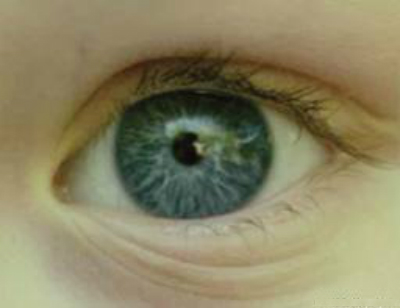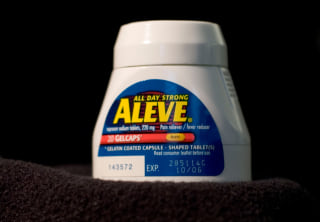
People sick with a runny nose, sore throat and cough from the common cold will try myriad remedies, but only a few have proved to get results, a Canadian doctor says.
Colds are common, affecting adults about two to three times a year and children under age two about six times a year.
Dr. Michael Allan, of the department of family medicine at the University of Alberta in Edmonton, reviewed and summarized the sometimes conflicting research on treatment and prevention of colds in Monday’s issue of the Canadian Medical Association Journal.
“For treatment of common cold, what you’d be looking at are things like fever and pain control, so acetaminophen or ibuprofen, again kids are a little bit better with ibuprofen for fever,” Allan said in an interview.
“For adults, you could consider some of the over-the-counter remedies, particularly the antihistamine combinations can make you feel a little bit better if you’re desperate, but remember at best one in five will feel better on those.”
For children, Allan suggests honey at bedtime for those troubled with cough. Honey should not be given to infants because of the risk of botulism.
“If you give the two to five age group a single dose at bedtime of either half a teaspoon or two teaspoons, what’s been shown is reduction or improvement in sleep scores.”
Over-the-counter cough remedies and combination products are clearly associated with bad events in children under the age of six, he cautioned.
For prevention at all ages, the review suggests that frequent washing of hands as well as alcohol disinfectants and gloves for health-care workers can be effective.
Trying chicken soup, non-traditional remedies?
Zinc may work to prevent colds in children and possibly adults, based on the findings of two randomized trials that pointed to lower rates of colds and fewer absences from school. There’s also some evidence that zinc lozenges may shorten the duration of a cold, although Allan noted many people complain about the bad taste and zinc can cause nausea.
Antihistamines combined with decongestants or pain medications like acetaminophen and ibuprofen appear to be somewhat or moderately effective in treating colds in children over the age of five and adults.
For non-traditional treatments, the role of ginseng in preventing colds is questionable, Allan and co-author Dr. Bruce Arroll of the University of Auckland in New Zealand concluded.
Results were so inconsistent or small effects for other non-traditional treatments, such as vitamin C, that Allan says it “just not worth it.” He also recommended against Chinese remedies, which were “batting one out of 17” in the studies on benefits with no information on potential side-effects.
“Desperation will lead to just about anything,” Allan said with a laugh. “When people are sick, they’ll try everything, from a spoonful of cayenne pepper, etcetera. Of course there’s very little research, or no research, on any of those kind of things.”
Warm soup falls into that category. It’s warm and gentle on the throat, but improbable that a can of soup will help you get rid of a cold any sooner, Allan said.
Some commuters in Toronto pointed to herbal teas as a soothing option.
“I swear by ginger. Freshly grated ginger tea in the morning sets me right for the whole day,” said Prati Vaidya. “The other is a warm glass of milk with tumeric and a little bit of jaggery,” [sugar].
Source: cbc news










 Federal health officials say the pain reliever in Aleve may be safer on the heart than other popular anti-inflammatory drugs taken by millions of Americans.
Federal health officials say the pain reliever in Aleve may be safer on the heart than other popular anti-inflammatory drugs taken by millions of Americans.